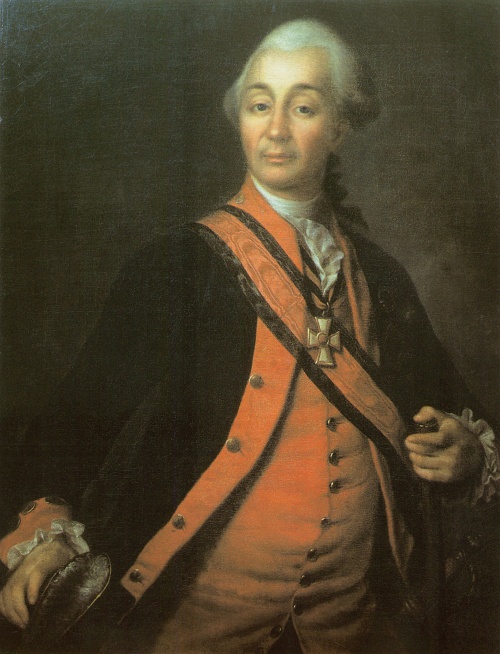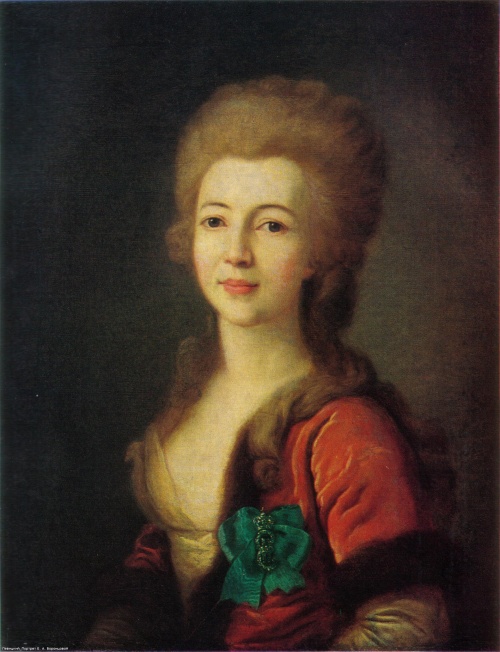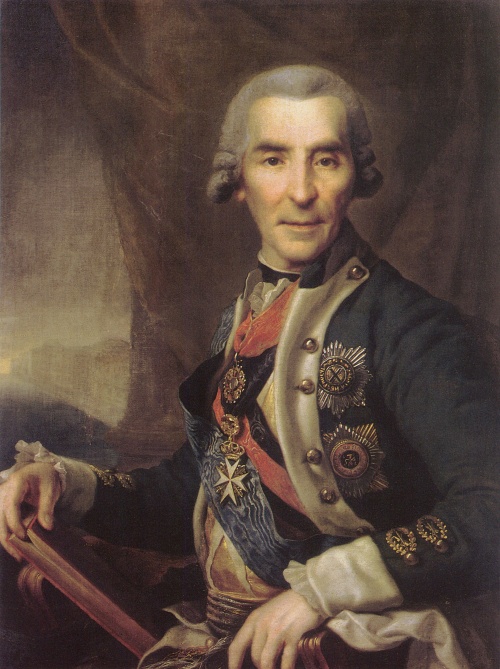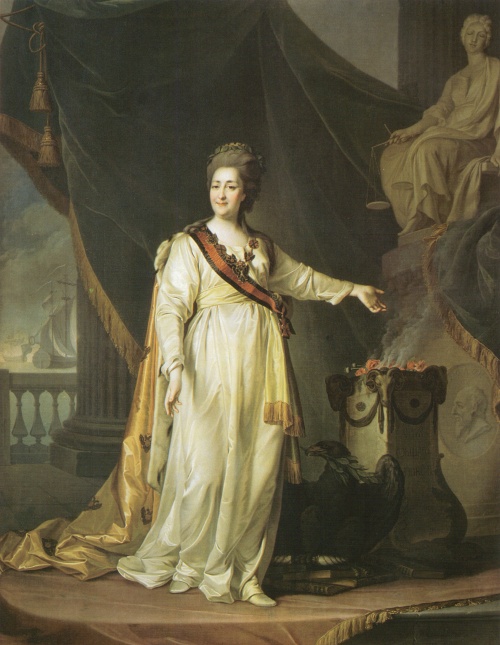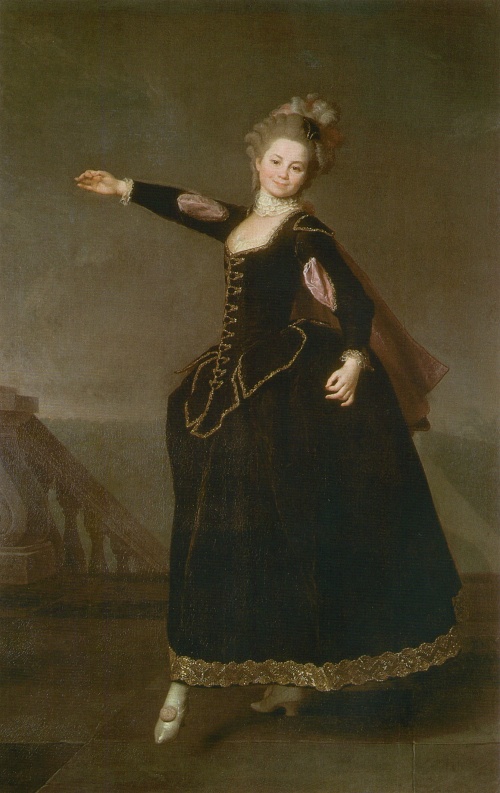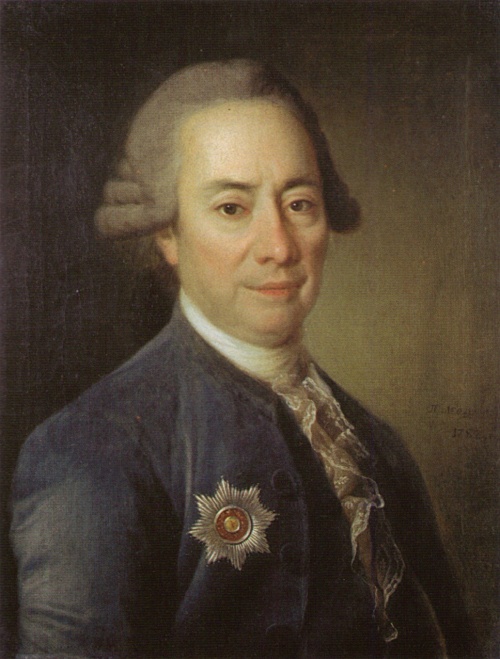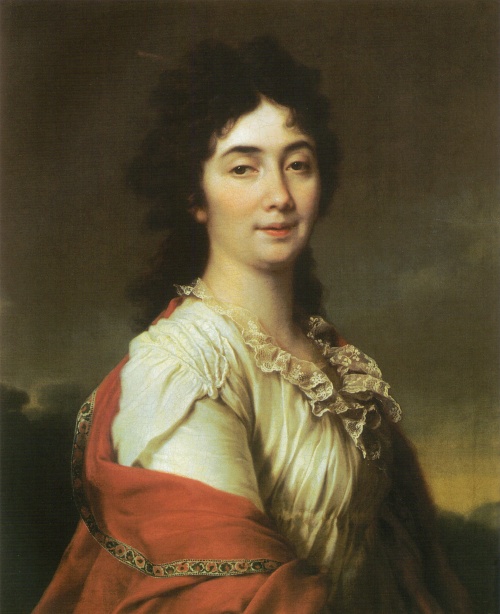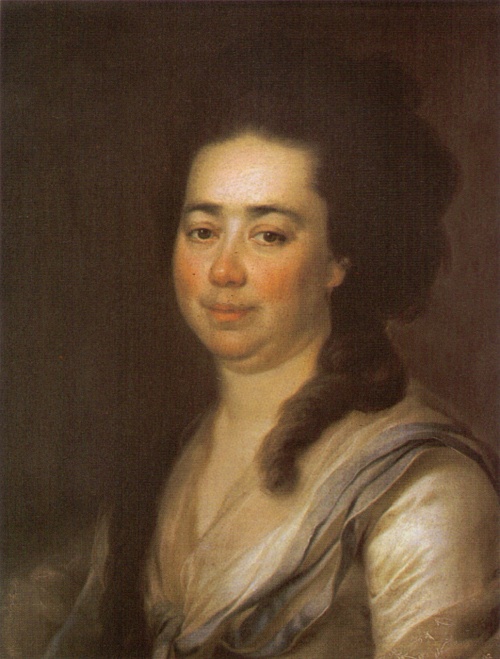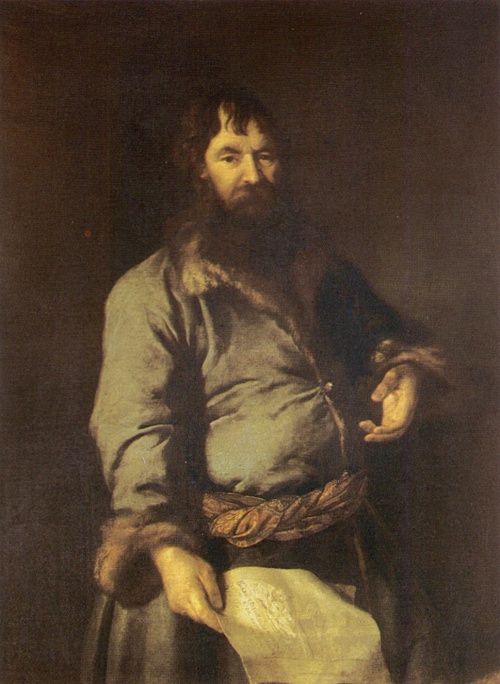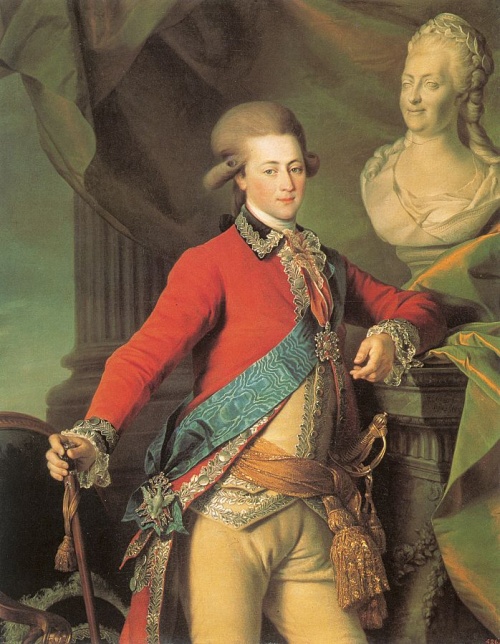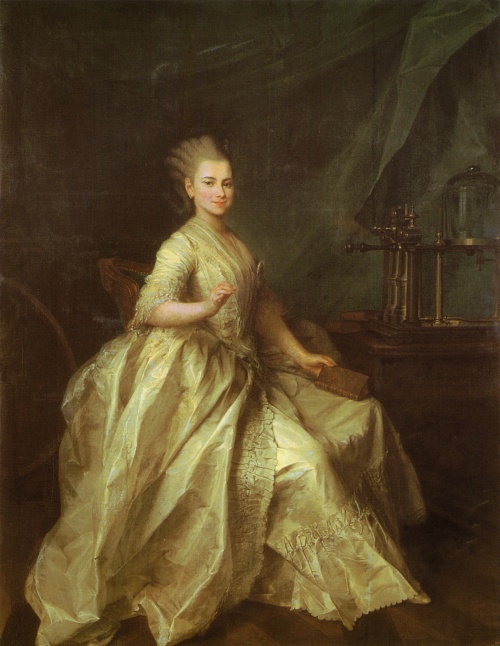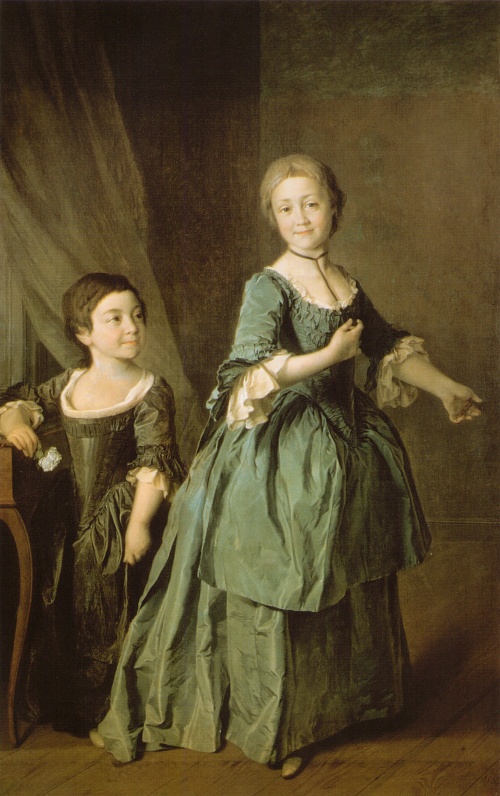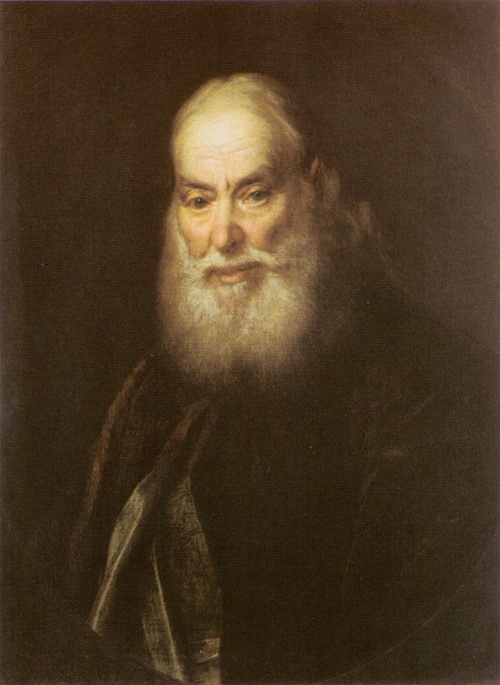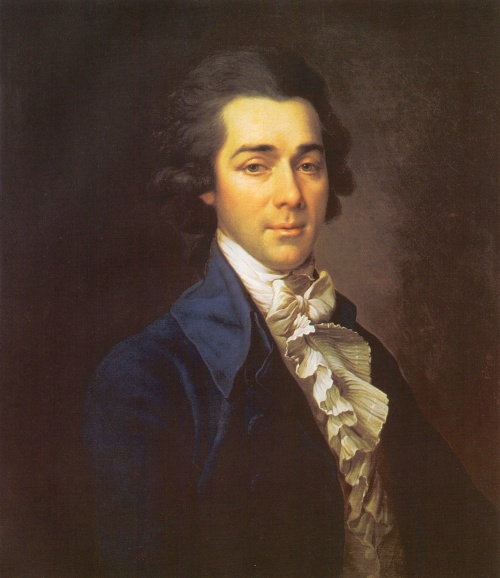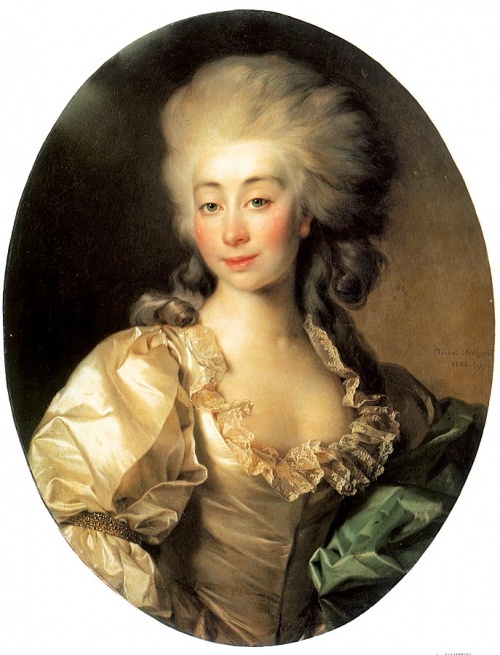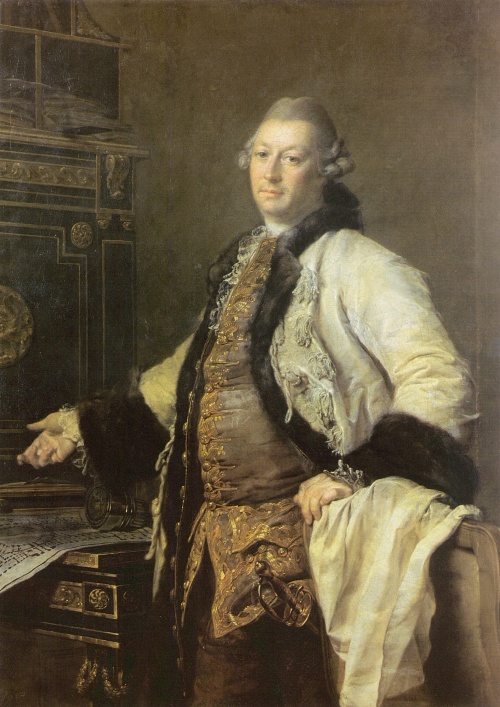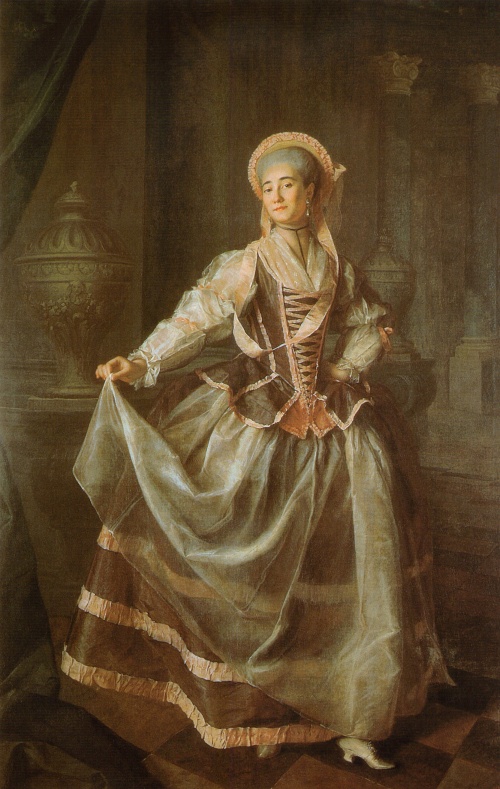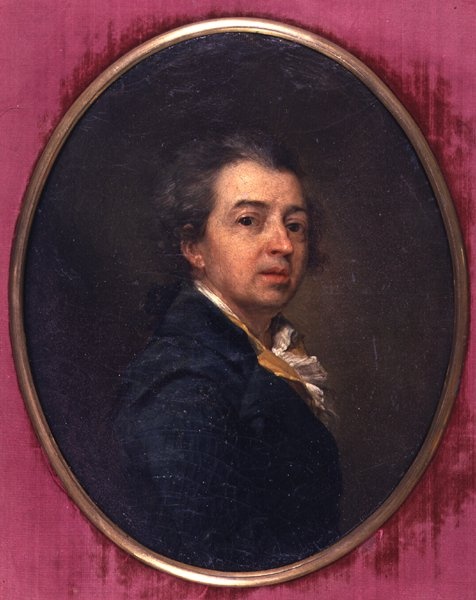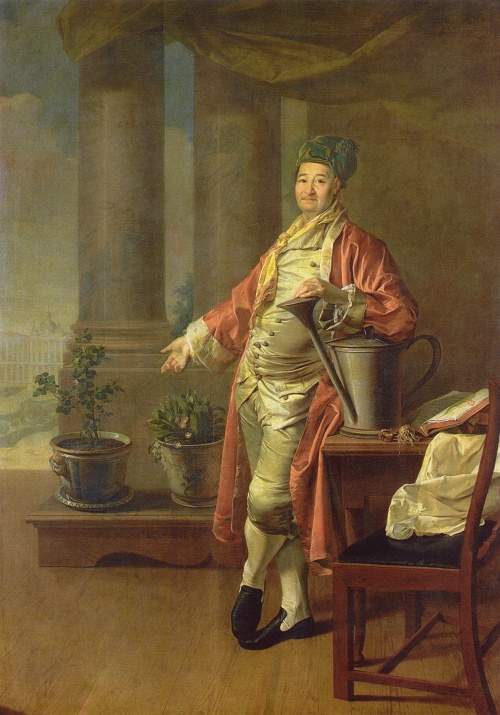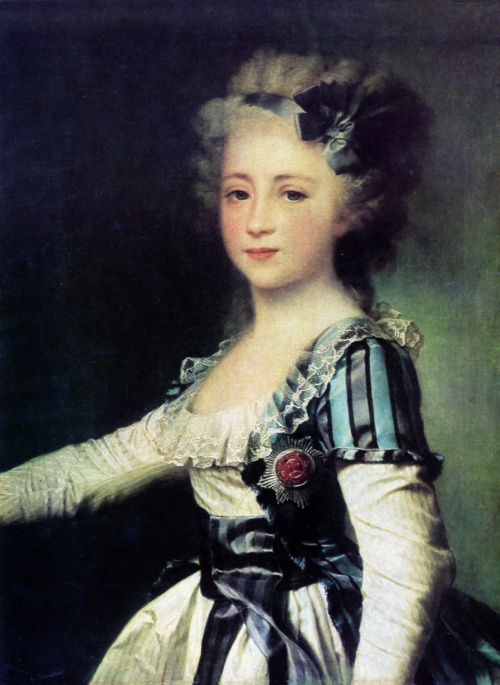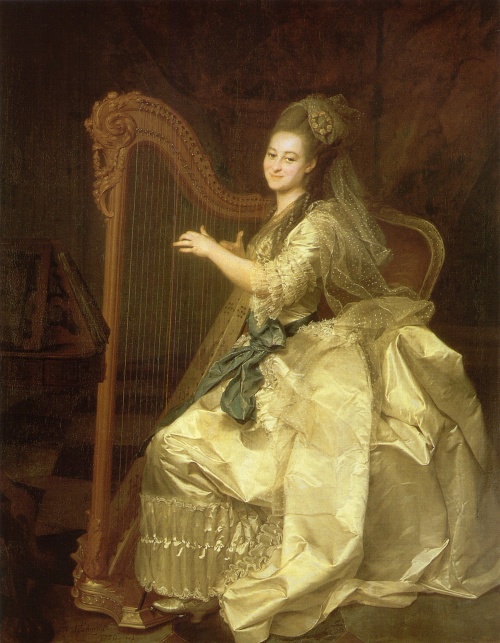Masters of portraiture. Dmitry Grigorievich Levitsky (1735-1822) (28 works)
Разрешение картинок от 476x600px до 2045x2629px
Dmitry Grigorievich Levitsky (1735-1822) is a first-class master of ceremonial portraiture, capable of finding an expressive pose and gesture, combining color intensity with tonal unity and richness of shades. The pinnacle of Levitsky's creativity - and the entire Russian portrait of the 18th century - was a series of portraits of students of the Smolny Institute of Noble Maidens, painted in 1773-1776. The “Smolyanok” series is a masterpiece of world art.
Biography
Dmitry Levitsky was born around 1735 in Ukraine, in Kyiv, in the family of the priest G. K. Levitsky (real name Nos, or Nosov), also known as an engraver. He studied fine arts from his father and from the painter A.P. Antropov (since 1758). Presumably he participated with his father in the painting of St. Andrew's Cathedral in Kyiv (mid-1750s).
Around 1758 Levitsky moved to St. Petersburg. Studied at the Academy of Arts. From 1779 he taught in the portrait class of the Academy of Arts.
In St. Petersburg, Levitsky continued to study with Antropov. Levitsky's fame was brought to him by his paintings exhibited at the Academy of Arts (1770). In the same year, thirty-five-year-old Levitsky received the title of academician for his excellently executed portrait of A. Kokorinov. He taught at the Academy of Arts (1771–88), head of the portrait class.
Already in his early works he showed himself to be a first-class master of ceremonial portraiture, capable of finding an expressive pose and gesture, combining the intensity of color with tonal unity and richness of shades (portraits of N. Sezemov, 1770; P. Demidov, 1773). The famous rich man P. Demidov is depicted in full height, on a large canvas, against the backdrop of majestic architecture, in the lush folds of a scarlet robe (portrait of P. A. Demidov, 1773). The pinnacle of Levitsky’s creativity—and the entire Russian portrait of the 18th century—was a series of portraits of students of the Smolny Institute of Noble Maidens, painted in 1773-1776. The “Smolyanok” series is a masterpiece of world art (all portraits are in the State Russian Museum)
In the extensive gallery of portraits created by Levitsky, the majestic Catherine II (1783), presented as a wise and enlightened legislator (it was this portrait that inspired G. Derzhavin to create the famous ode “The Vision of Murza”), and Denis Diderot (1773), the French philosopher, encyclopedist, writer, energy, creative restlessness, spiritual nobility of which was so vividly and directly conveyed by the Russian artist, and the artist’s father (1779), a modest, wise and tired old man, who was at one time one of the best Ukrainian engravers, and the builder of the building of the Academy of Arts, architect A. Kokorinov ( 1769-1770), wealthy merchant-farmer N. Sezemov (1770), publicist, educator and publisher I. Novikov. Levitsky was closely acquainted with many outstanding people of his time: N. Lvov, G. Derzhavin, V. Kapnist, I. Dmitriev, I. Dolgoruky, N. Novikov.
Count Artemy Ivanovich Vorontsov (1748-1813) ordered Levitsky to portrait his family members to decorate the walls of his new home in St. Petersburg. Portraits of A.I. Vorontsov, his wife P.F. Vorontsova and their daughters Ekaterina, Anna, Maria, Praskovya (1780s State Russian Museum, St. Petersburg), were intended for a family portrait gallery. In portraits that are intimate in nature, the artist highlights the features of the physical and spiritual appearance of each family member.
In the 1780s, the artist created a unique portrait gallery of Russian cultural figures. Levitsky’s intimate portraits, created during the heyday of the artist’s work (mid-70s-early 80s), are distinguished by their special warmth. Back in 1773, the master executed a portrait of D. Diderot, which amazed his contemporaries with his life-like persuasiveness and exceptional truthfulness in recreating the appearance of the philosopher. One of Levitsky’s best creations is a portrait of young M. Dyakova (1778), poetic, cheerful, painted in a rich range of warm colors.
He had a strong influence on the development of artists P. I. Sokolov, V. L. Borovikovsky and G. I. Ugryumov. Levitsky died on April 4 (16), 1822 in St. Petersburg.
